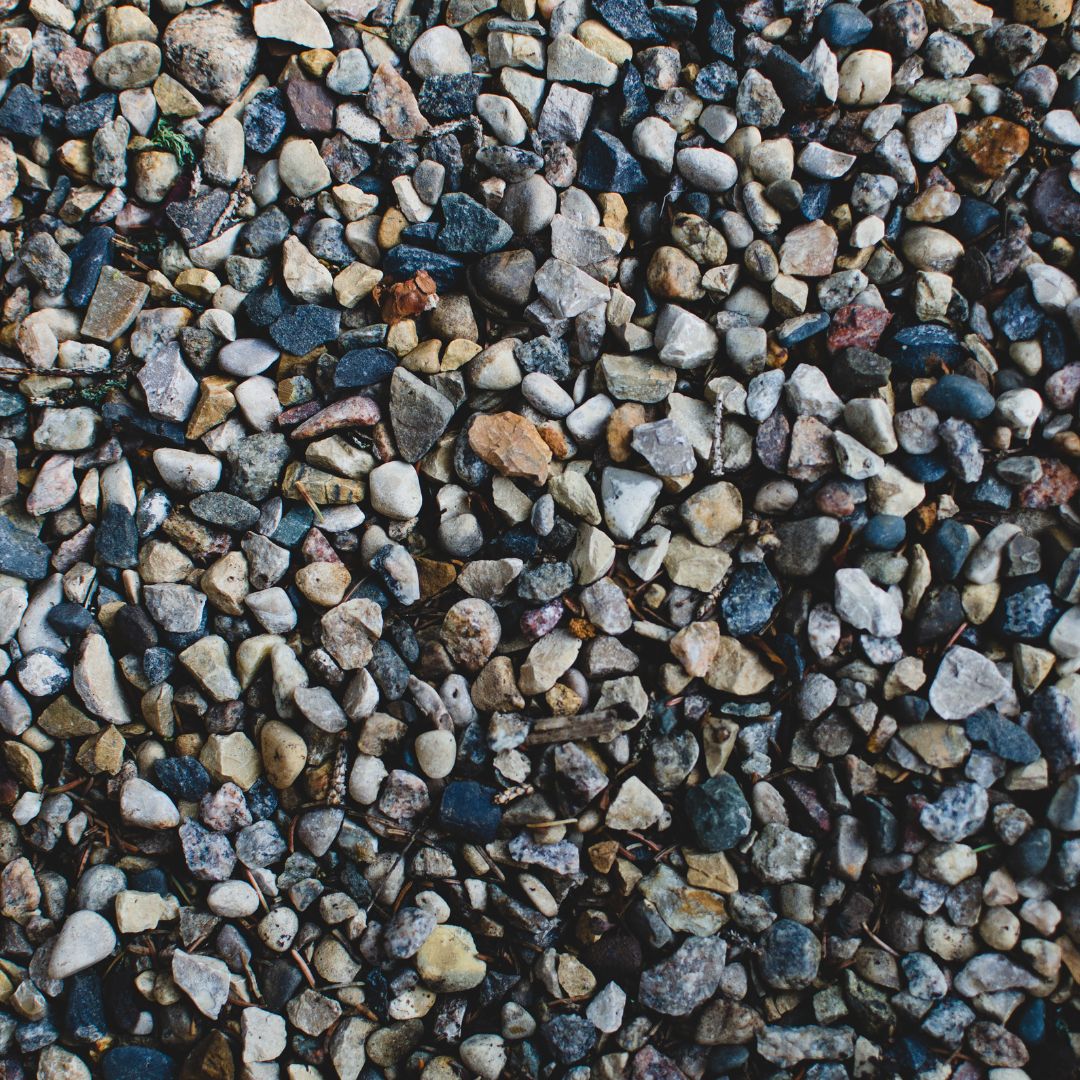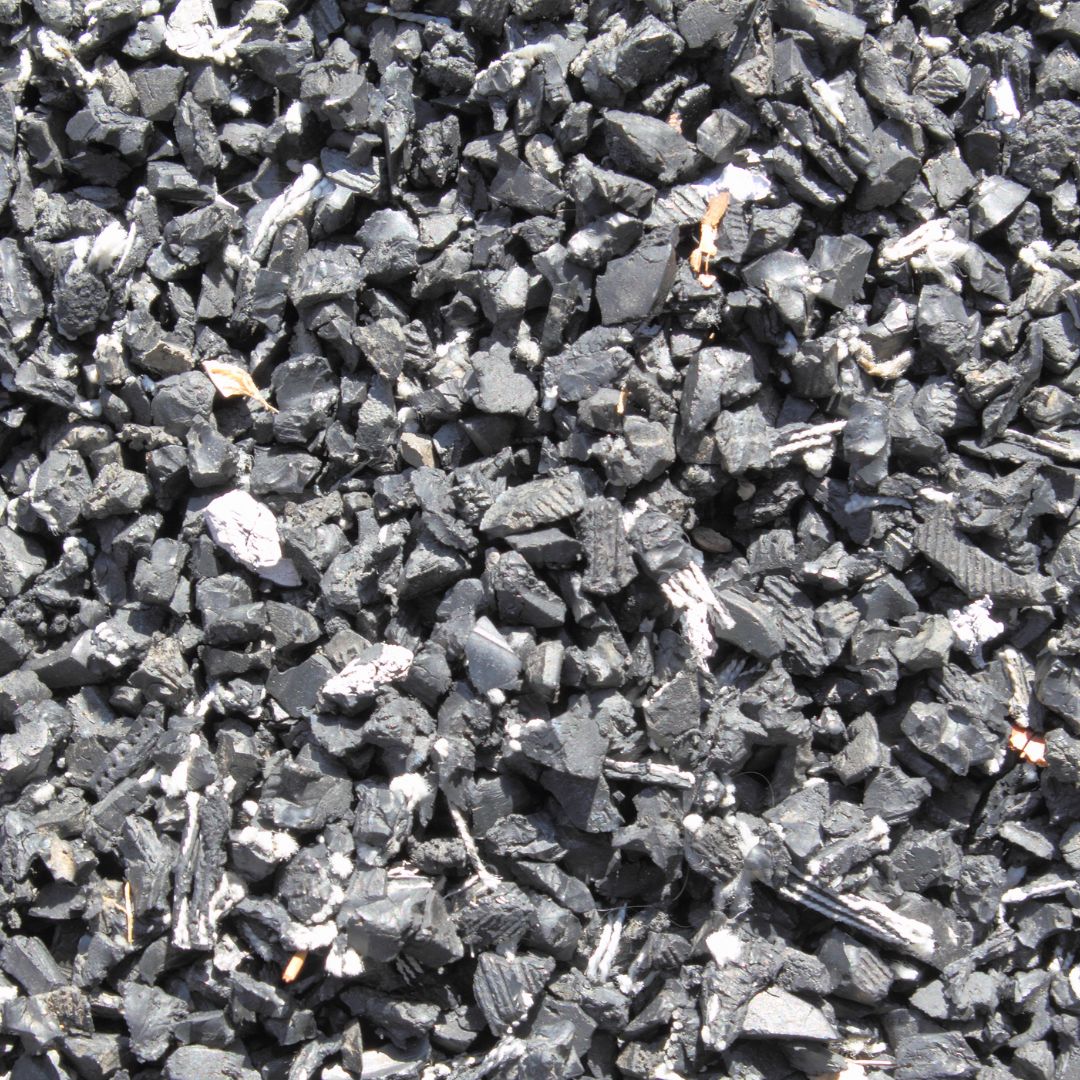
According to the National Playground Safety Institute (NPSI), over 79% of all playground accidents are from children falling onto improper surfacing. In fact, surfacing is number 1 of the NPSI’s Dirty Dozen playground hazards.
Choosing and maintaining suitable surface material for a playground helps reduce the risk of serious injuries.
What is suitable for your playgrounds? There are many types of playground surfaces to choose from--each with its own strengths and weaknesses.
This article looks at some of the more common loose-fill surface options. We’ll examine their safety, durability, cost, and maintenance needs.
What to Consider When Choosing Playground Surfacing
When choosing which surface is suitable for your agency’s playground, consider these factors several factors:
- Type of playground and age served
- General aesthetic of the park
- Safety of the surface
- Your budget for the project
- Lifespan of the surface
- Labor and costs for maintaining the surface
- Users with special mobility considerations (e.g., wheelchairs users)
Ideally, you want to choose the safest, most accessible surface that the budget allows. But this can be tricky. Loose-fill surfacing like mulch, wood chips, sand, and gravel may cost less to get and install. Over time, however, these surfacing generally require more maintenance and refilling.
Unitary materials like rubber mats, poured-in-place (PIP) rubber, or artificial turf (which we’ll cover in an upcoming article) have a higher initial cost. They can, however, last longer with less maintenance labor and costs.
Loose-fill Surfacing
Loose-fill surfacing refers to any playground surface made from loose materials. Here are some of the most common.
Wood Chips/Mulch
Wood chips or mulch have been a favorite for many parks agencies for a long time. It’s affordable, easy to install, and usually readily available.
Safety/Accessibility: Wood chips do provide shock absorbency. The American Standard Testing Methods (ASTM) recommends at least 9 inches of woodchips in areas where higher falls are possible.
Wood chips can have sharp edges and cause splinters. They also may conceal hazards like broken glass.
Wood chips are not considered accessible for wheelchairs and other mobility devices.
Cost: Wood chips are one of the least expensive materials to install. The labor to maintain wood chip surfaces may offset some of those low installation costs.
Durability: Mulch fades and breaks down over time. Areas get uneven depending on traffic at the playground.
Maintenance: Wood chips are easy to install. They can be added to the playground surface without specific training or special equipment. Installing edging along the playground's perimeter helps keep the wood chips contained.
Heavily-used parks with wood chip surfacing will need regular inspections and maintenance to ensure the materials stay in place. Wood chips also lose color and degrade over time, requiring more to be added. Maintenance staff should check for debris, insect pests, weeds, and mold in the woodchip area.
Engineered Wood Fiber
Engineered Wood Fiber (EWF) is a step up from standard mulch. It is processed more so that the pieces are smaller and better at interlocking. The extra processing helps reduce movement and the risk of splinters.
Safety/Accessibility: Like mulch, a thick layer (9 inches) can protect a child from a fall up to 10 feet. It is easier to compact, which makes it a better surface for wheelchairs and mobility devices to navigate. It also absorbs water well, helping with drainage.
The small pieces could be choking hazards for small children. Areas still need monitoring to ensure the surface depth is appropriate.
Cost: The extra processing of EWF makes it a little more pricey, but still one of the more affordable options for initial installation. Wear mats must be installed under swings and slides for EWF to remain ADA-compliant.
Durability: EWF lasts longer than landscaping mulch. It can last up to 8 years if maintained properly with some routine topping off.
Maintenance: EWF maintenance is similar to that of mulch. Staff needs to rake to ensure proper depth, check drainage, and remove debris and weeds.
Pea Gravel

Pea gravel is another surface material used a lot in the past. It’s made up of small, polished pebbles that are typically round and similar in size. The stones usually range from ⅛ to ⅜ of an inch.
Safety/Accessibility: A thick layer of pea gravel (9-inch depth) can provide shock absorbency for falls 5 feet or less. If the playground has the potential for a higher fall, then this isn’t a safe option.
Children can kick or throw pea gravel, which could present a hazard. Small children may also put the gravel in their mouths.
Navigating wheelchairs and mobility devices on pea gravel could be difficult, depending on how much it is compacted.
Cost: Pea gravel is relatively low cost and easy to install. It usually starts with a base of coarse or crushed rock. Then the pea gravel is added over that. The playground area may need edging to help contain the gravel.
Durability: Rocks are durable materials that don’t decompose. Gravel, however, can compress under constant use and lose some shock-absorbing qualities.
Maintenance: Pea gravel must be inspected for depth, debris, and proper drainage. It’s better than mulch and EWF at keeping weeds out.
Shredded Rubber

Rubber mulch is shredded rubber often created from used tires. It is an alternative to traditional wood mulch.
Safety/Accessibility: Rubber mulch provides excellent shock absorption. Around six inches of mulch protects from high falls.
Some are concerned that tires contain synthetics and toxic chemicals that could potentially cause health risks--especially to children with developing systems. The EPA has endorsed using rubber mulch and found no significant adverse human or environmental effects.
Like other loose materials, debris, litter, and foreign objects could become hidden in the mulch. It can also get hot in direct sunlight.
Rubber mulch is not the ideal option for an accessible playground. It is difficult for wheelchairs and other mobility devices to navigate.
Cost: Rubber mulch costs more than the other loose-fill materials mentioned in this article. It is very slow to deteriorate and could last years without needing to top it off.
Durability: Rubber is not an organic material. It doesn’t break down like wood mulch. It could last about ten years before needing a comprehensive material replacement.
Maintenance: The depth of the material needs to be monitored and adjusted. Maintenance staff must check for dangerous foreign objects like broken glass in the fill.
The Takeaway
Loose-fill playground surfacing can be an affordable, easy-to-install option. The lower upfront cost, however, can be deceiving as more labor and material gets used later.
Accessibility must also be considered because loose fill surfacing can be hard for wheelchairs and other mobility devices to navigate.
Loose-fill surfacing can be a good option for some playgrounds. It’s also worth considering pourable surfaces during the decision-making process.
